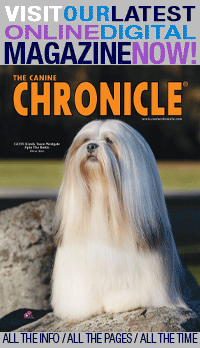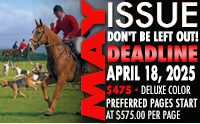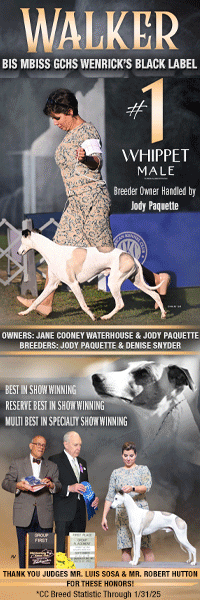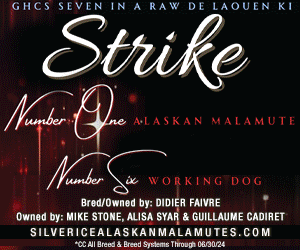Kennel Blindness
122 – November/December, 2017
by William Given
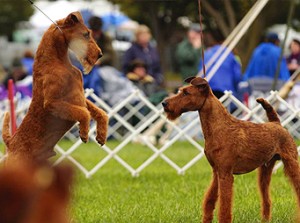 In the “good old days,” and I can still remember back that far, the term “kennel-blindness” applied to the man (or woman) who believed his or her dog(s) were perfect, could not be improved upon, and took every opportunity to share their opinion with all those who would listen. Today, the definition has seemingly become a bit darker and more biting.
In the “good old days,” and I can still remember back that far, the term “kennel-blindness” applied to the man (or woman) who believed his or her dog(s) were perfect, could not be improved upon, and took every opportunity to share their opinion with all those who would listen. Today, the definition has seemingly become a bit darker and more biting.
Only the most dimwitted neophyte would dare to suggest that his or her dog was fault free. Does this mean that today we have seen an end to kennel-blindness? Not on your life! Even though we are in a modern, high-tech era, this afflic- tion remains as prevalent as ever and there seems to be no immunization for this dreaded disease.
Kennel-blind Breeders
The kennel-blind of today talk a good game, as if propri- ety and honesty were their guide, but have you ever truly listened to what they have to say? Let us consider Breeder A, a man who possesses a magnificent champion, with many highly exceptional qualities. However, since there is no per- fect dog, this dog is not perfect either. In our example, we shall consider his dog’s most significant fault is that he has little forechest.
And, although Breeder A does not readily accept this fact, he does not boast that his dog possesses a wonderful forech- est. He is much more subtle than that. Instead, he denounces every dog with a good forechest as being “contrary to the standard,” and adding “It is incorrect and is something that needs to be bred out.” When a bitch with a very satisfying forechest comes for a breeding evaluation, he looks her over quite carefully, mutters a bit to himself, and then makes his decision. “Yes, I will accept her for breeding to my cham- pion, and perhaps he will help you to get rid of that forechest problem you’ve got.”
Then there is Breeder B. She recognizes her dog’s faults, however, only the unimportant ones, like missing teeth, a weak topline and cowhocks, etc. Yes, you’ve got my point. All faults that her dog possesses are “unimportant.” However, she readily owns up to these “slight deviations” from the standard, thereby giving the pretense of an “open mind and unconditional verac- ity.” Not on your life.
Breeder C is a first cousin of Breeder B, but he is a “trader.” Does his dog possess the lightest bone in the history of the breed? Oh, and yes, he knows about it, mind you, just eavesdrop for a moment: “Yes, I know he has dreadfully fine bone, but at this point in my breeding program, I feel it is much more im- portant that I concentrate my efforts on breeding for a stronger topline, and so, I am not going to focus my attention on bone right now. I will get to that in a few generations or so.”
Click here to read the complete article122 – November/December, 2017
Short URL: https://caninechronicle.com/?p=135164
Comments are closed
